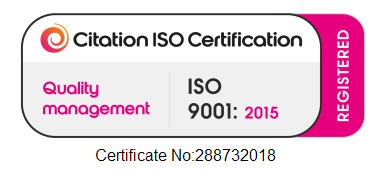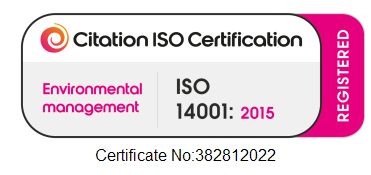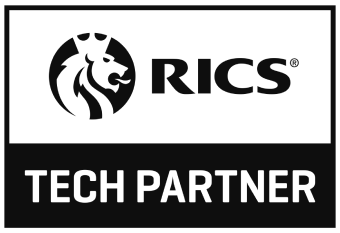
With Labour in power following a landslide victory, the party has a clear mandate to deliver on their manifesto promises.
Having worked in the Architecture, Engineering, and Construction (AEC) sector in the UK since 2002, I am acutely aware of our desperate need for change. Labour's pledge to build 1.5 million new homes and immediately update the National Planning Policy Framework (NPPF) is a promising start. Leveraging the technological prowess of UK businesses will be crucial to support these ambitious goals.
Councils in England are expected to prioritise building on brownfield sites and poor-quality areas in the green belt, known as the ‘Grey Belt’. To efficiently identify and repurpose these sites for housing, increased capture, procurement, and open access to relevant, consistently formatted geospatial data are essential. Building on initiatives like INSPIRE, comprehensive datasets and spatial analysis tools can help planners and developers systematically locate suitable grey belt areas that align with strategic goals. This approach accelerates site identification and ensures sustainability and accessibility, paving the way for informed urban expansion.
Computational engineering and AI offer transformative capabilities for accelerating site viability and feasibility assessments. These tools can rapidly analyse large volumes of data against constraints, key criteria and planning regulations. Machine learning models predict potential challenges and optimise design solutions, while generative design algorithms create multiple development scenarios to identify the most efficient and sustainable options. Integrating computational engineering and AI streamlines decision-making, enhances accuracy, and reduces the time and cost associated with traditional feasibility studies, enabling quicker progression from planning to construction.
As we digitise the planning process, enhancing public access through intuitive, easy-to-navigate tools, including interactive 3D applications, is vital. Visualising the scale, design, and impact of projects within their actual context helps residents grasp planning decisions' implications and understand the data driving them. This transparency fosters greater public participation, enabling informed feedback and contributing to the planning dialogue. In my experience, utilising interactive technology in public consultations promotes trust, inclusivity, and collaboration, ensuring development projects align with community needs and preferences.
By integrating cutting-edge technology and collaborating with innovative partners, local authorities, developers, and designers can more effectively meet housing demands and foster sustainable growth. Advanced geospatial tools, AI-driven analysis, and interactive 3D applications are pivotal in modernising our planning practices. These technologies not only streamline decision-making and enhance accuracy but also ensure community voices are heard and valued. Leveraging these innovations marks a significant step forward in building resilient, thriving communities for the future.
Ossian Whiley
CTO, VU.CITY

















